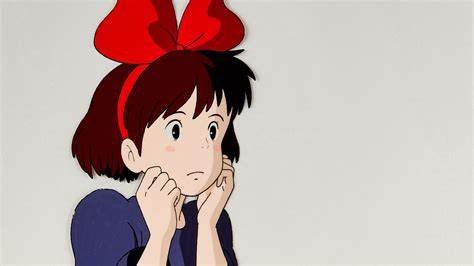The Evolution of Japanese Animation
- By -Maria Mash
- Posted on
- Posted in Animation
Japanese animation, known as anime, has captivated audiences worldwide for decades. It began with simple, black-and-white cartoons and has transformed into a vibrant, diverse art form. Over the years, anime has evolved significantly, reflecting changes in technology, storytelling, and culture. Let’s explore the journey of Japanese animation, from its humble beginnings to the modern hits we love today.
Early Beginnings: The Classic Toons
The origins of Japanese animation trace back to the early 20th century. Short, black-and-white films like “Namakura Gatana” (1917) were among the first animated works. These early toons featured simple, hand-drawn characters and basic storylines. They often drew inspiration from Japanese folklore and traditional art. Although limited by technology, these animations laid the foundation for the anime industry.
In the 1960s, anime began to gain popularity, both in Japan and abroad. Osamu Tezuka, often called the “God of Manga,” played a crucial role in this growth. His work, “Astro Boy” (1963), became one of the first anime TV series and introduced many to the art form. Tezuka’s style, with its large-eyed characters and emotional storytelling, became iconic. It set the standard for future anime productions.

The Rise of Color and Diverse Genres
By the 1970s, anime had started to explore new genres and themes. Shows like “Lupin III” and “Mobile Suit Gundam” introduced audiences to action-packed stories and complex characters. Animation studios began experimenting with color, making their works more visually appealing. The rise of science fiction, fantasy, and mecha genres expanded anime’s appeal to a wider audience.
The 1980s marked a golden era for anime, with the release of groundbreaking films and series. Hayao Miyazaki’s “Nausicaä of the Valley of the Wind” (1984) showcased lush animation and environmental themes. The success of “Dragon Ball” and “Akira” pushed anime into mainstream culture, both in Japan and internationally. This era highlighted the growing potential of anime as a powerful storytelling medium.
The Digital Revolution: 1990s to Early 2000s
The 1990s and early 2000s brought significant changes to the anime industry. Digital animation techniques began to replace traditional hand-drawn methods. This shift allowed studios to produce more detailed and dynamic visuals. Shows like “Neon Genesis Evangelion” (1995) and “Cowboy Bebop” (1998) explored mature themes and complex narratives, appealing to older audiences.
During this time, anime also became more accessible to international viewers. The rise of the internet and digital distribution platforms helped popularize series like “Pokémon” and “Naruto.” Anime conventions and fan communities grew, further boosting its global presence. The influence of anime expanded beyond Japan, inspiring countless artists and creators worldwide.
Modern Hits: Streaming and Global Popularity
In recent years, anime has reached unprecedented levels of popularity. Streaming platforms like Netflix and Crunchyroll have made anime accessible to millions of viewers worldwide. Modern hits like “Attack on Titan,” “My Hero Academia,” and “Demon Slayer” have captivated global audiences with their high-quality animation and compelling stories.
Today’s anime features a wide range of genres, from slice-of-life and romance to dark fantasy and psychological thrillers. Studios like Ufotable and MAPPA continue to push the boundaries of animation, delivering stunning visuals and innovative storytelling. Anime has also influenced other media, including video games, fashion, and even Hollywood films.
The Future of Japanese Animation
The future of Japanese animation looks bright, with new technologies and talented creators leading the way. Virtual reality, 3D animation, and artificial intelligence are opening up new possibilities for anime. As the industry continues to grow, anime will likely explore even more diverse themes and styles.
From classic toons to modern hits, Japanese animation has come a long way. Its evolution reflects not only advances in technology but also shifts in culture and audience tastes. Anime has proven itself as a versatile and enduring art form, beloved by fans around the world. As we look ahead, it’s exciting to imagine where the journey of Japanese animation will go next.
4o



